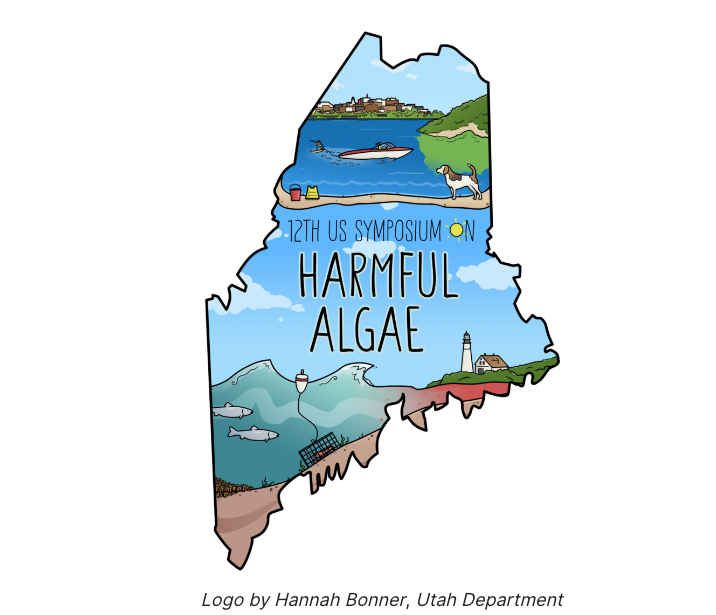Posts by khorn
12th U.S. Symposium on Harmful Algae in Portland, ME
Thank you for attending the 12th U.S. Symposium on Harmful Algae! Please visit the conference website HERE. to view and download the final agenda, full abstract book, and attendee list.
Read More

